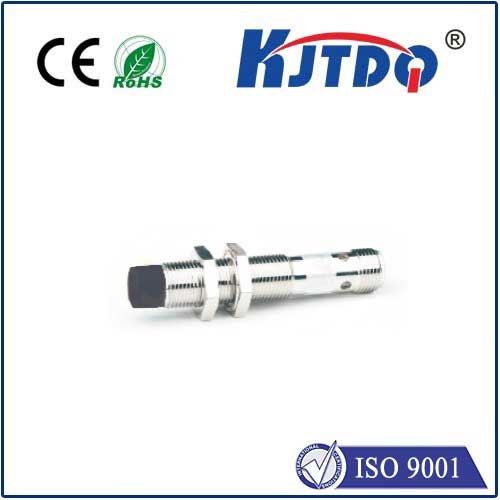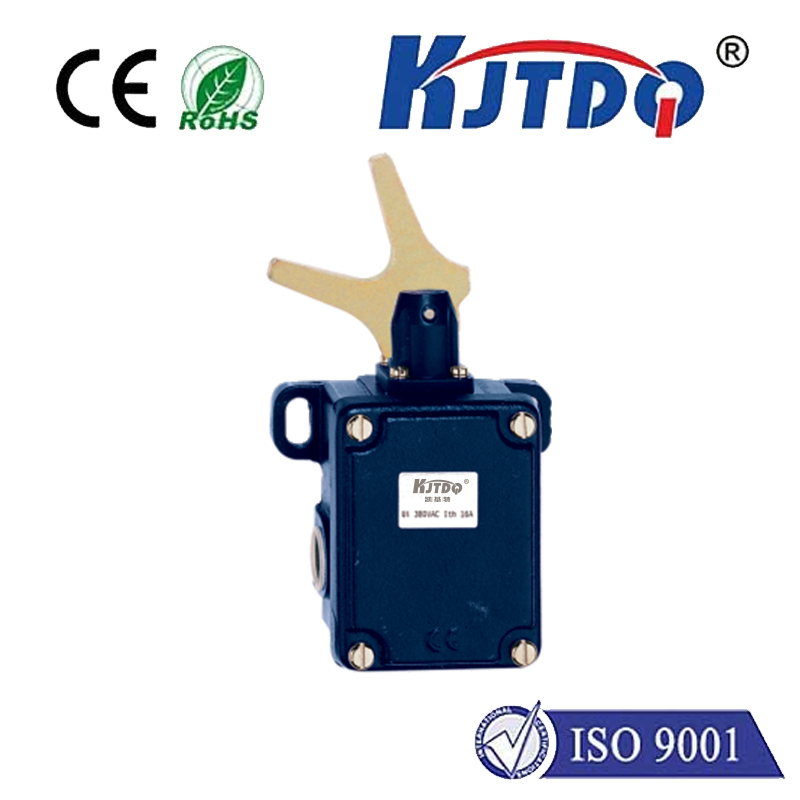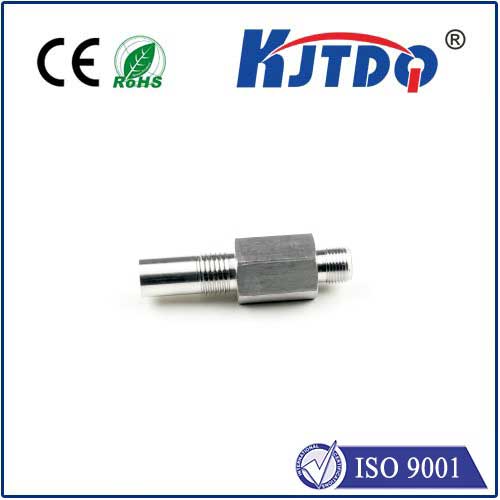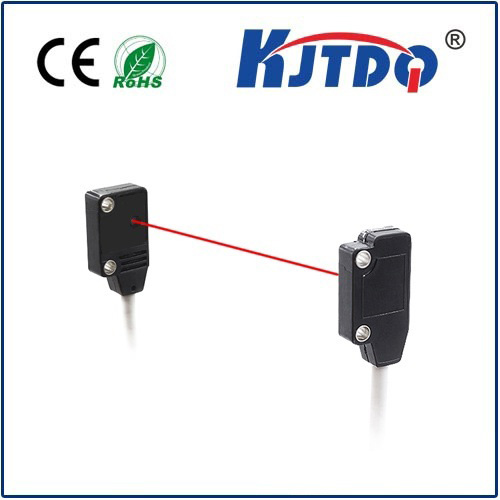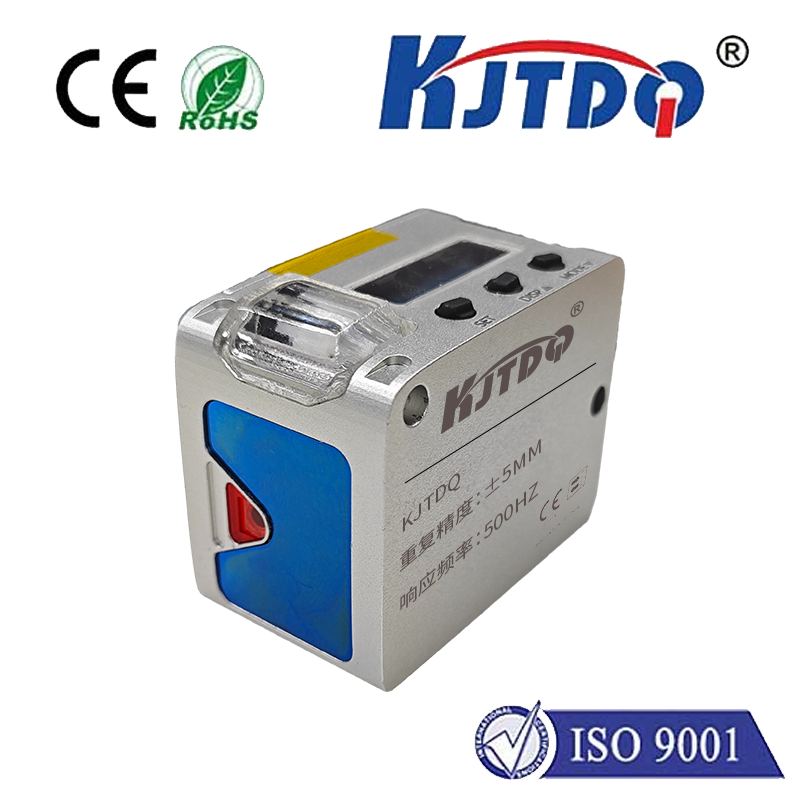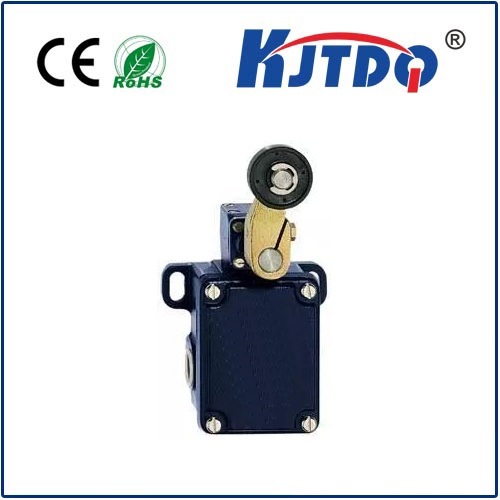BES01AF high pressure proximity sensor
- time:2025-09-29 22:41:02
- Click:0
BES01AF High Pressure Proximity Sensor: Unmatched Reliability in Demanding Industrial Environments
Imagine a critical hydraulic system powering a massive forging press. Pressure surges are immense, fluids are aggressive, and temperatures fluctuate wildly. Suddenly, a sensor monitoring cylinder position fails catastrophically. The result? Costly downtime, potential equipment damage, even safety hazards. In the high-stakes world of heavy industry, standard sensors simply cannot survive. This is precisely where the BES01AF High Pressure Proximity Sensor steps in, engineered to deliver unwavering performance where others falter.
Proximity sensors are the unsung heroes of industrial automation. They detect the presence or absence of objects without physical contact, providing vital feedback for machine control, position verification, and safety interlocks. Inductive proximity sensors, like the BES01AF, are particularly valued for their robustness and reliability in detecting metallic targets. However, conventional inductive sensors face significant limitations when deployed in environments subjected to extreme hydrostatic pressure.
The Crucial Gap: Why High Pressure Demands Specialized Sensors
Standard proximity sensors are typically designed for atmospheric pressure conditions. When installed directly within hydraulic lines, deep underwater applications, high-pressure die-casting machines, or large-scale hydraulic presses, the immense external pressure can cause several critical failures:
- Housing Deformation/Collapse: The sensor’s stainless steel or plastic housing can implode or distort under extreme force.
- Seal Failure: Standard seals are insufficient, leading to fluid ingress, corrosion, and electrical short circuits.
- Internal Component Damage: Pressure can physically crush sensitive internal electronics or alter sensor characteristics.
- Reduced Sensing Distance: Pressure can affect the electromagnetic field generated by the sensor, diminishing its effective range.
- Premature Failure: Any combination of the above leads to drastically reduced lifespan and unreliable operation.
The BES01AF: Engineered Resilience Under Pressure

The BES01AF is explicitly designed to overcome these formidable challenges. Its core value proposition lies in its ability to maintain precise and reliable sensing capabilities while enduring continuous exposure to high-pressure environments that would destroy ordinary sensors. Here’s what sets it apart:
- Exceptional Pressure Tolerance: This proximity sensor is built to withstand massive external hydrostatic pressure. While specific ratings vary (always consult datasheets!), models within this range often handle pressures exceeding several hundred bar, making them suitable for deep-sea applications, high-pressure hydraulic systems, and oil & gas downhole tools.
- Robust Hermetic Sealing: Utilizing advanced sealing technologies and high-integrity materials, the BES01AF achieves near-perfect hermeticity. This prevents fluid ingress (like aggressive hydraulic oils or seawater) and protects the sensitive internal components, ensuring long-term reliability. High IP (Ingress Protection) ratings are standard.
- Durable Stainless Steel Housing: The sensor body is typically constructed from high-grade, corrosion-resistant stainless steel (e.g., 316L/V4A). This provides the structural integrity needed to resist crushing forces and withstand corrosive environments.
- Maintained Sensing Performance: Sophisticated engineering ensures that the sensor’s inductive sensing principle remains highly effective despite the high-pressure conditions, delivering consistent switching distances and reliable target detection.
- Temperature Resilience: Engineered to operate reliably across a wide industrial temperature range, complementing its pressure capabilities. This thermal stability is vital in applications like foundries or hydraulic systems experiencing significant heat generation.
Where the BES01AF High Pressure Sensor Shines: Critical Applications
The unique capabilities of the BES01AF make it indispensable in numerous demanding sectors:
- Hydraulic Systems Integration: Directly monitoring cylinder position, valve status, or piston location inside high-pressure hydraulic lines on excavators, presses, injection molding machines, and heavy construction equipment.
- Marine & Subsea Technology: Reliable position sensing for actuators, valves, and equipment on ships, ROVs (Remotely Operated Vehicles), AUVs (Autonomous Underwater Vehicles), and subsea drilling/production systems where crushing deep-water pressures are encountered.
- Oil and Gas Exploration/Production (Upstream): Deployment in downhole tools, blowout preventers (BOPs), and subsea control modules where pressures are extreme and reliability is non-negotiable for safety and efficiency.
- High-Pressure Die Casting & Foundries: Monitoring mold closure, core pulls, and ejector positions within machines generating immense clamping forces in environments with high temperatures and occasional pressure leaks.
- Test Benches & Pressure Vessels: Providing feedback on internal component positioning or valve actuation within test rigs and vessels simulating extreme operational conditions.
- Chemical & Petrochemical Processing: Monitoring valves and actuators in processes utilizing high-pressure fluids or gases, where sensor integrity against leaks and corrosion is paramount.
Operational & Economic Benefits: More Than Just Survival
Choosing the BES01AF High Pressure Proximity Sensor delivers significant tangible advantages:
- Dramatically Reduced Downtime: Eliminating pressure-related sensor failures minimizes costly unplanned production halts and maintenance interventions.
- Enhanced Safety: Reliable operation in critical systems prevents hazardous situations caused by sensor malfunction under pressure.
- Lower Total Cost of Ownership (TCO): While potentially a higher initial investment than standard sensors, the BES01AF’s extended lifespan and reduced failure rates translate to substantial long-term savings.
- Optimized System Performance: Consistent, reliable feedback ensures hydraulic and automated systems operate at peak efficiency.
- Simplified Installation & Maintenance: Robust design often reduces the need for complex protective housings or frequent replacements.
Selecting and Implementing the BES01AF
Integrating this sensor successfully requires attention to key factors:
- Pressure Rating: Match the sensor’s specified maximum working pressure to your application’s peak operating pressure, including potential surges. Never exceed the rated pressure.
- Temperature Range: Ensure compatibility with operating temperatures.
- Electrical Specifications: Voltage, output type (PNP/NPN, NO/NC), and connection type (cable, connector) must match the control system.
- Sensing Distance & Target Material: Verify the nominal sensing range and ensure the target is ferrous metal compatible with inductive sensing.
- Environmental Conditions: Consider chemical compatibility of materials (housing, seals) and required IP rating beyond pressure tolerance. Proper thread specification for mounting is crucial for maintaining seal integrity.
The Uncompromising Choice for Extreme Conditions
When failure is not an option, where pressure threatens to crush conventional technology, the BES01AF High Pressure Proximity Sensor stands as the proven solution. It represents a critical investment in reliability, safety, and operational continuity for industries pushing the boundaries of pressure and performance. Its robust stainless steel construction, hermetically sealed design, and unwavering sensing capability make it the definitive choice for engineers who demand sensors that don’t just function, but endure and excel in the world’s most punishing environments.







